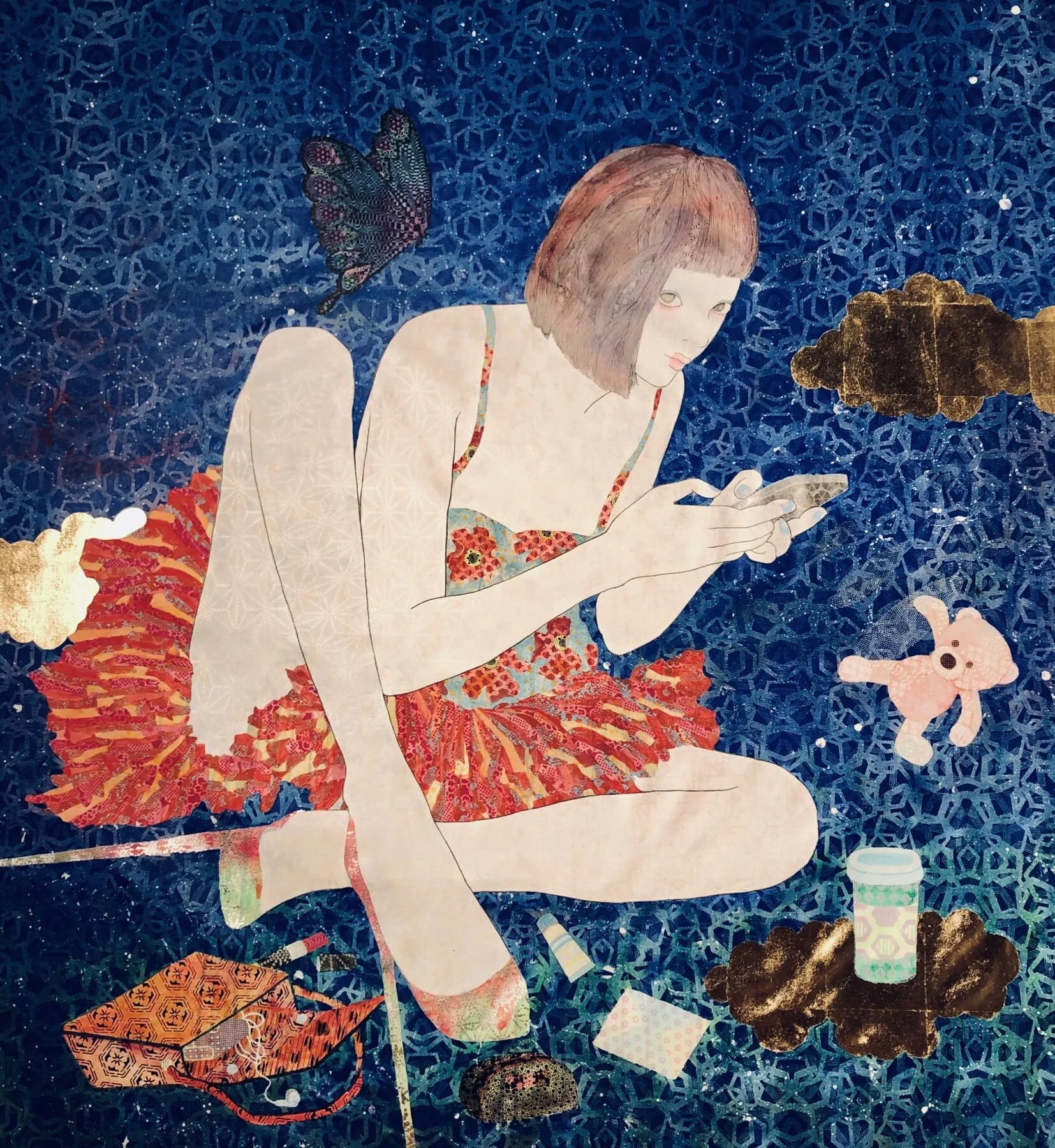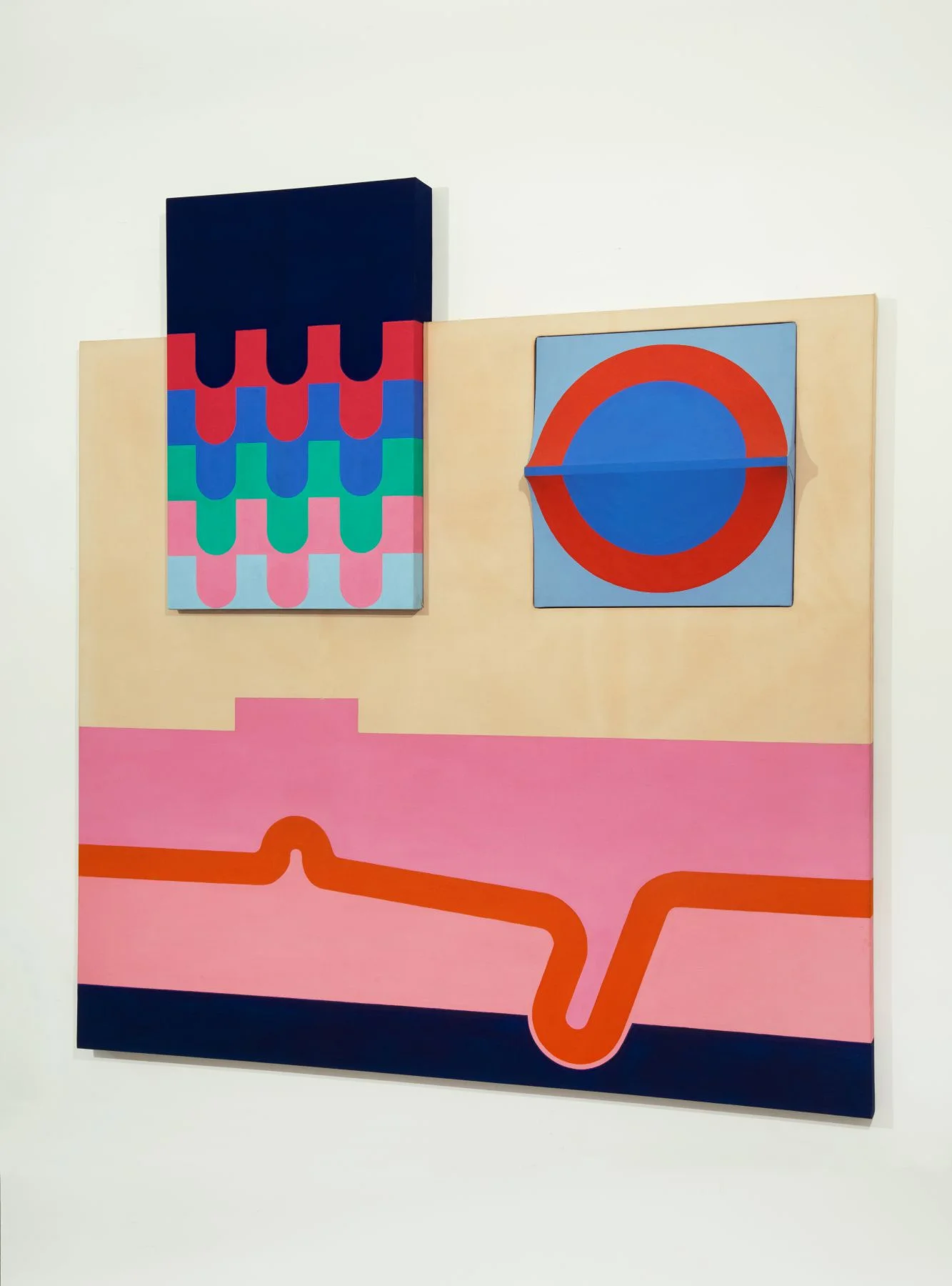Norman Bluhm
Space Time Continuum,1950s to 1990s
New York, 521 West 26th Street
Space Time Continuum is the theory of the universe's three space dimensions and one time dimension. As the title of the Hollis Taggart exhibition, it addresses the painter's creation as a dimensional record of his life, emotions, and thoughts, as well as the passage of time as he matured.
This exhibition begins with the large-scale triptych, Stained Glass Landscape #9, produced in 1957, shortly after Bluhm arrived in New York. He had spent the decade prior, studying and working in Paris, where he developed formative relationships with a wide range of artists, including Alberto Giacometti, Antonin Artaud, Sam Francis, Jean Paul Riopelle, and Joan Mitchell. While Stained Glass Landscape #9 is decidedly abstract, with its layers of deep color and highly gestural lines, it also retains the influences of Bluhm’s interest in landscapes and earlier line drawings of Parisian cathedrals and rooftops as well as female nudes.
His work in the late 1950s and through the 1960s was characterized by free-form gestures and expressions, connecting his practice with the second generation of Abstract Expressionists. In the 1970s, however, figural elements, in particular suggestions and outlines of the female nude, reemerged as a dominant force in his visual vocabulary. In the paintings of this period, strong curving lines and organic shapes coalesced with flat fields of color, ranging from bright violets and pinks to vibrant reds and blues. The mixture of color and line, along with a flattening of the surface plane, produced strong evocations of motion, suggesting in some instances a figure in the throes of metamorphosis and in others a violent collision of elements. A range of works representative of this period are included in the upcoming presentation at Hollis Taggart.
The decades following saw Bluhm continue to push the boundaries of his work. He began incorporating decorative motifs as well as references and symbols relating to Asian and Indian cultures and art, infusing his works with a newfound spirituality. He also began working in grand scale, producing large-scale multi-panel painting. These late works continued to capture his commitment to gestural and expressive painting while also imposing a new architectural structure, producing a new relationship between the abstract and figural modes that occupied him throughout his life.






